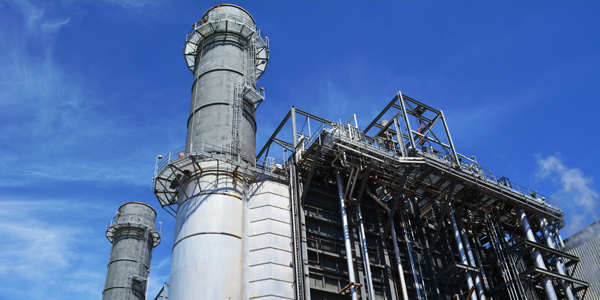
That would more than erase the Irving-based company’s gains from 2020, when net income was $624 million.
As a result, Vistra’s shares lost almost a quarter of their value Friday. The stock closed at $17.25, down $5.51 from the day before.
“Let’s start with the elephant in the room. We had a rough week last week, to say the least,” CEO Curt Morgan told financial analysts, speaking from Austin, where he was delivering testimony to state legislators. (See Texas Lawmakers Dig into Power Outages.)
Vistra is the largest generator in ERCOT with 18.3 GW of capacity. At times during the grid’s recovery from the widespread outages, the company said its Luminant subsidiary was providing 25 to 30% of the ISO’s generation. It would have been more had it not been for frozen coal piles, transportation problems, curtailed gas supplies and a glitch in ERCOT’s market systems that temporarily and incorrectly kept prices below the $9,000/MWh scarcity cap, far above the normal $25/MWh prices.
ERCOT required increasing amounts of collateral from traders to back their purchases in the power market.
Vistra said it posted a “significant” amount of collateral to back purchases in the ERCOT market. It has about $1.5 billion of cash and liquidity on hand, down from $2.4 billion at year’s end, CFO Jim Burke said.
The company won’t know how large its market losses will be until ERCOT completes its settlement of invoices, any corrective actions and possible litigation.
“I was pulling my hair out. I thought we were long. I thought we were in a good position,” Morgan said. “I look back on that every day and every night when I can’t sleep, and I say to myself, ‘What could we have done different, Curt?’ And I think those decisions, as I play them over and over again, were right.”
Vistra reported fourth-quarter ongoing operations of adjusted earnings before interest, taxes, depreciation and amortization (EBITDA) of $802 million, up from the previous year’s fourth quarter of $775 million. For the year, adjusted EBITDA was almost $3.8 billion, up from nearly $3.4 billion in 2019.
The company uses adjusted EBITDA as a measure of performance because it says that analysis of its business is improved by visibility to both that metric and net income prepared in accordance with generally accepted accounting principles.





